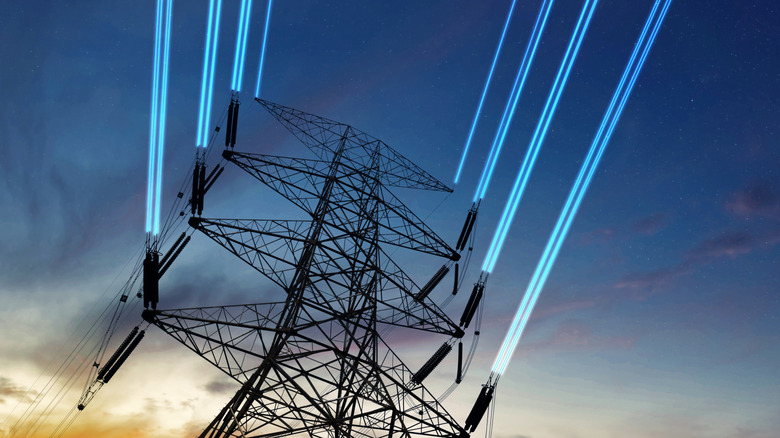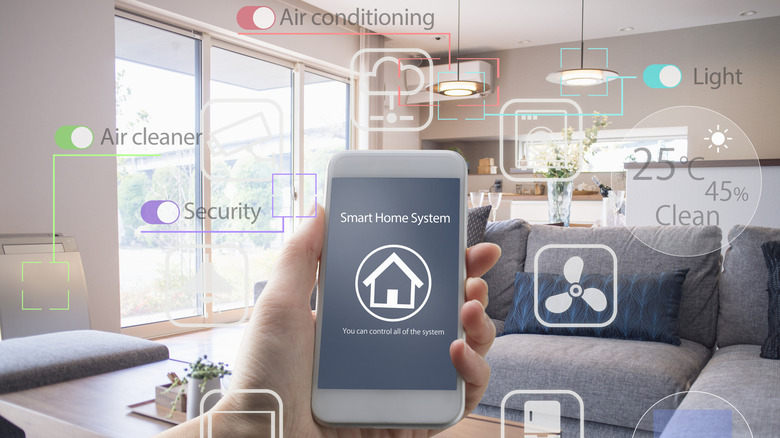What Is Power Line Communication And How Does It Work?
Communicating with someone thousands of miles away is now just a few keystrokes away, thanks to the internet and other forms of communication. Modern communication leverages a variety of wired and wireless methods such as Wi-Fi, Ethernet, cellular communication, satellites, optical fiber cables, and more. However, building this infrastructure for communication requires significant resources, making commodities like the internet fairly expensive for many, especially providers like Starlink.
What if it were possible to build a communication system that can leverage existing infrastructure? PLC (Power Line Communication) works on that exact idea, enabling communication using the existing power lines that carry electricity to homes. While the significantly lower infrastructure cost is a huge advantage, using PLC has numerous other benefits, such as enabling communication in smart home devices, grid communication, and providing low-cost internet. It is also the technology behind powerline adapters. The system works by injecting the data signals into the same power line, but how does that not affect the electricity in the power lines?
Working of Power Line Communication
AC current oscillates at a frequency of 50/60 Hz and is distributed to end consumers through power lines. For communication, data signals must be sent in the same power line without disturbing the power distribution. For this, the data signal is fused (superimposed) with the voltage signal at the transmitter end to create a modulated signal. The modulated signal is a hybrid of both the data signal and the actual voltage signal. The data signal has a much larger frequency when compared to the voltage signal, ranging from a few thousand kHz to a few MHz. The data signal is then extracted by reversing the fusion process (known as demodulation) to filter the voltage signal from the modulated signal at the receiver's end. The modem in your home does both modulation and demodulation of data signals to enable internet — hence the name (Mo-modulator, Dem- demodulator).
If that sounds too technical, let's understand the gist of this process through a simple analogy. Consider the power line to be a narrow channel of water. The data signal is a small speedboat, and the voltage signal is a ship that can travel on the river. Since only one can travel in the channel at a time, the speedboat is loaded onto the ship so that both reach their destinations simultaneously. When they reach the destination, the speedboat is unloaded, similar to how demodulation extracts the data signal from the power signal.
Applications of PLC
The data signal transmitted through the modulation process can have a wide range of frequencies depending on the use case. PLC can be used for a variety of indoor and outdoor applications. Low-frequency signals ranging from 24 kHz to 500 kHz are suited for grid communication, enabling automatic meter readings and fault prevention. However, PLC becomes way more important in enabling smart grid technology. Smart grids contain smart meters that relay real-time power usage data. Furthermore, smart load control switches can toggle power at the point of use, allowing for efficient power distribution across the grid.
Medium frequencies ranging from 100kHz to 1MHz are suitable for indoor use, utilizing the existing wiring to communicate between household appliances. In a typical smart home, devices connect to a common network via Wi-Fi to communicate with each other; however, they also need a power source. PLC eliminates the need for Wi-Fi or a wired connection, as the power cord can help devices communicate with each other. PLC systems can work on both DC and AC power, so devices using DC can still communicate with other devices. High frequency signals higher than 1MHz can be used to provide low-cost internet using BPL (broadband over power line). Additionally, you can also use your existing indoor electrical wiring to transfer data signals and improve internet coverage using powerline adapters.


